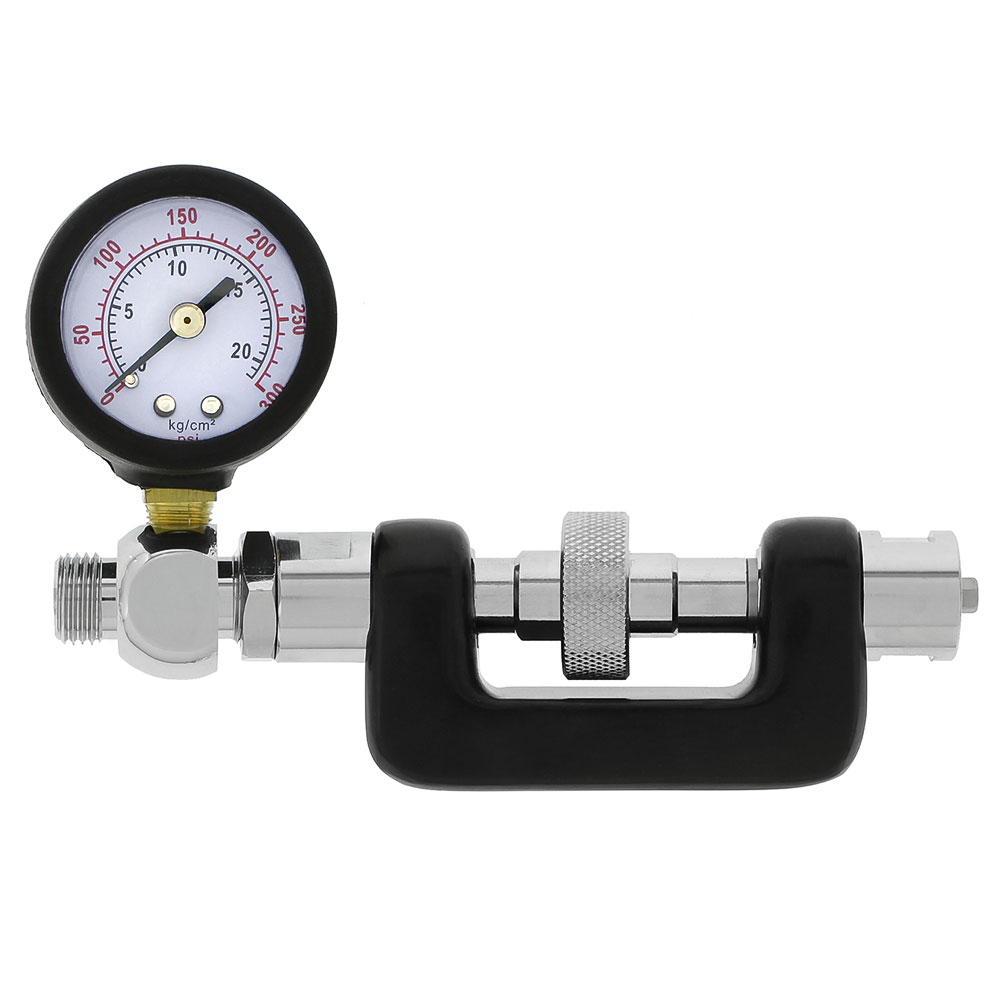Another question - is it possible to tune both MK25 and the MK19 Evos to the same IP? That would solve the issue of swapping regs …
They must be more or less the same, around 9.5 bar.
But if you don't know what you are doing, please ask someone who knows how it works.
Servicing regs is not hard, I do also myself, but I did a course for it. In my country there are sometimes courses for it, given by diveshops. It are not the ones from the manufacturer, but good enough to do it yourself. You service your own regs in the course.
I did it for Scubapro, and it was good enough to do Apeks and the AP ccr regs also. Most courses are for Apeks here. I have never seen it for Mares.
But another quick test that nobody mentioned here is just screw the HP hose of and 1 MP hose and look if there is some corrosion or moisture in the first stage. You can also look at the scinterfilter. If that is white and does not have the coppur color anymore, there has been water in it. And then it can mean that even if the 100 dives or 1/2 years are not done the regs need to be serviced. Some poeple are so uncarful with their regs that after only 1 divetrip after servicing they need to be done again.
I do these checks including the IP check myself also sometimes.
From the second stage, I remove sometimes the cap, and clean the membrane. This is always getting sand. If you screw off the cap, you can take of or screw off the membrame (careful if it is dry because it can be sticky to the rest of the second stage, then water will help), you can look in the second stage, rinse it all out, clean the membrane with fingers and water, and then screw it together again.
The weakest point of Apeks first stages is the seat that holds the inner pressure to the 9.5 bar. I have seen this breaking in fairly new regulators which for sure did not need service according to the manufacturer. And if this happens, you can only dive by open-close-open-close the valve if you don't want to loose your gas (or close the valve and breathe from another regulator). Most of the times these things happen before the dive. It is an easy repair but you need to have servicekits.
Also some small leaks near the membrane of the membrane first stages happen sometimes. This is most times sooo small you can dive. But you know it needs some service.
From scubapro I haven't seen this issues often, let's say only once with my own regulator, but here it was test how long it would last without servicing. The regs I use for technical diving are checked quite often. And I have had 1 time a problem with a freeflowing second stage which was well within the year of servicing. So sometimes you are unlucky.
From experiences with students and diving in cold water, I can only advice, don't service before an important divetrip if everything works fine before the trip. I have seen several freeflows in cold water after servicing because everything was tested at room temperature and then it worked fine, but not in cold water. If you feel there is something wrong, of course, then let it service. But here they thought it would be an good idea to let it service before the qualifying last dive of a course.
And if you don't know how to do, please let a divecenter do it. But, ask the old parts back and ask before bringing it in if they use ORIGINAL servicekits. I know from 1 divecenter here that they don't use original servicekits and they don't replace the important membrane and seat in the first stages as they are only available in a complete servicekit. And these things are the ones that get problems first with the first stages. I only service my own regulators because I am not official servicecenter. But if you pay for it, you want to have an expert doing it.

 www.piranhadivemfg.com
www.piranhadivemfg.com

 www.piranhadivemfg.com
www.piranhadivemfg.com






